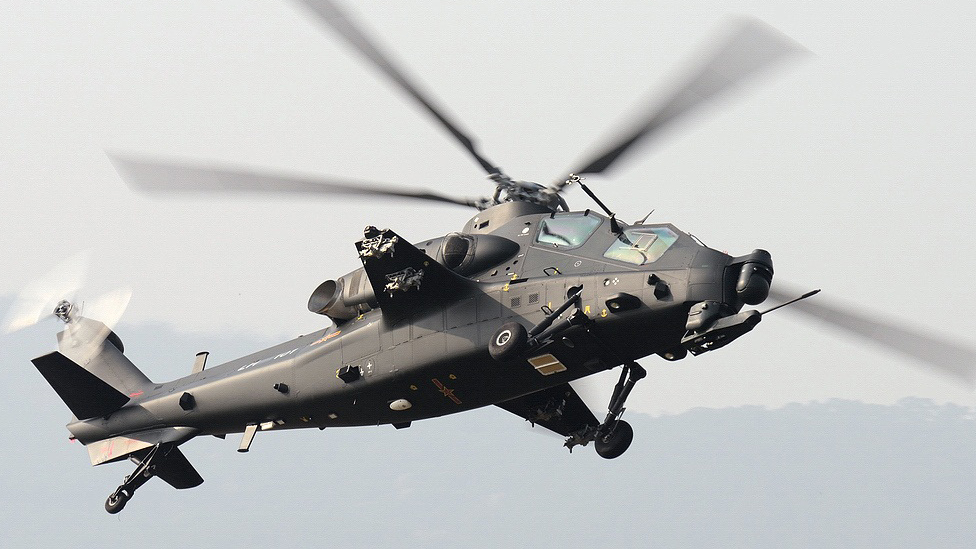A Chinese Z-10 attack helicopter has, apparently, entered Taiwan’s air defense identification zone, or ADIZ, and, for the first time, crossed the so-called “median line,” an informal boundary running down the center of the Taiwan Strait. The appearance of the attack helicopter, which is operated by both the People’s Liberation Army Ground Force and the Air Force Airborne Corps, and is also designated WZ-10, marks the latest new Chinese type to enter this sensitive part of the ADIZ. It also points to the growing importance of rotary forces around the Taiwan Strait, including the massive Chinese helicopter base that’s strategically positioned to support future operations in the Strait or even a potential invasion of Taiwan.
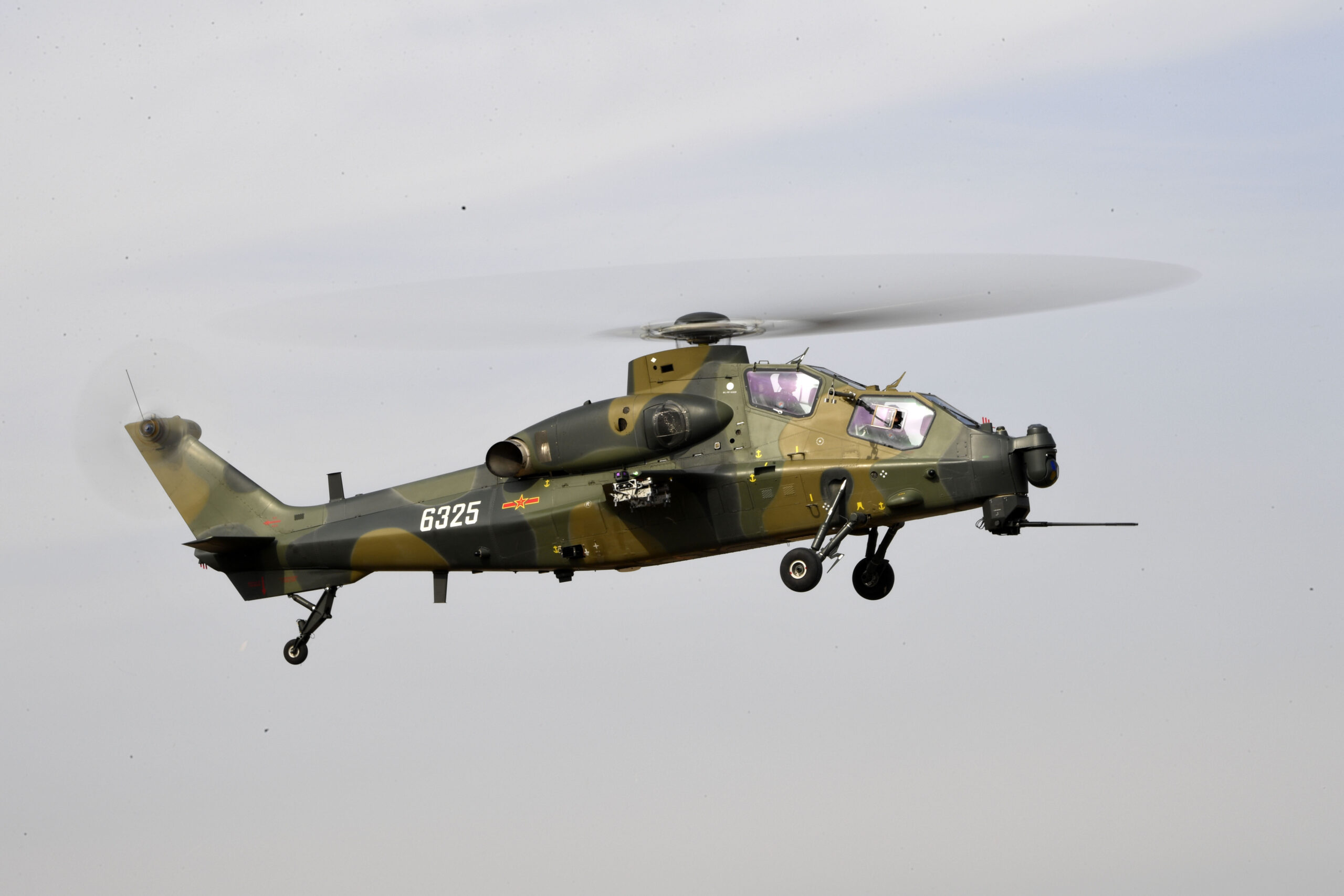
The Z-10 entered the ADIZ earlier today, according to Taiwan’s Ministry of National Defense. Also today, a pair of Ka-28 Helix anti-submarine warfare helicopters, a type operated by the People’s Liberation Army Navy Air Force, were recorded flying in the southwest corner of the ADIZ, after having taken off from one or more Chinese warships. It’s unclear if the sorties by the WZ-10 were coordinated in any way with those of the Ka-28s, which have appeared in the area before.
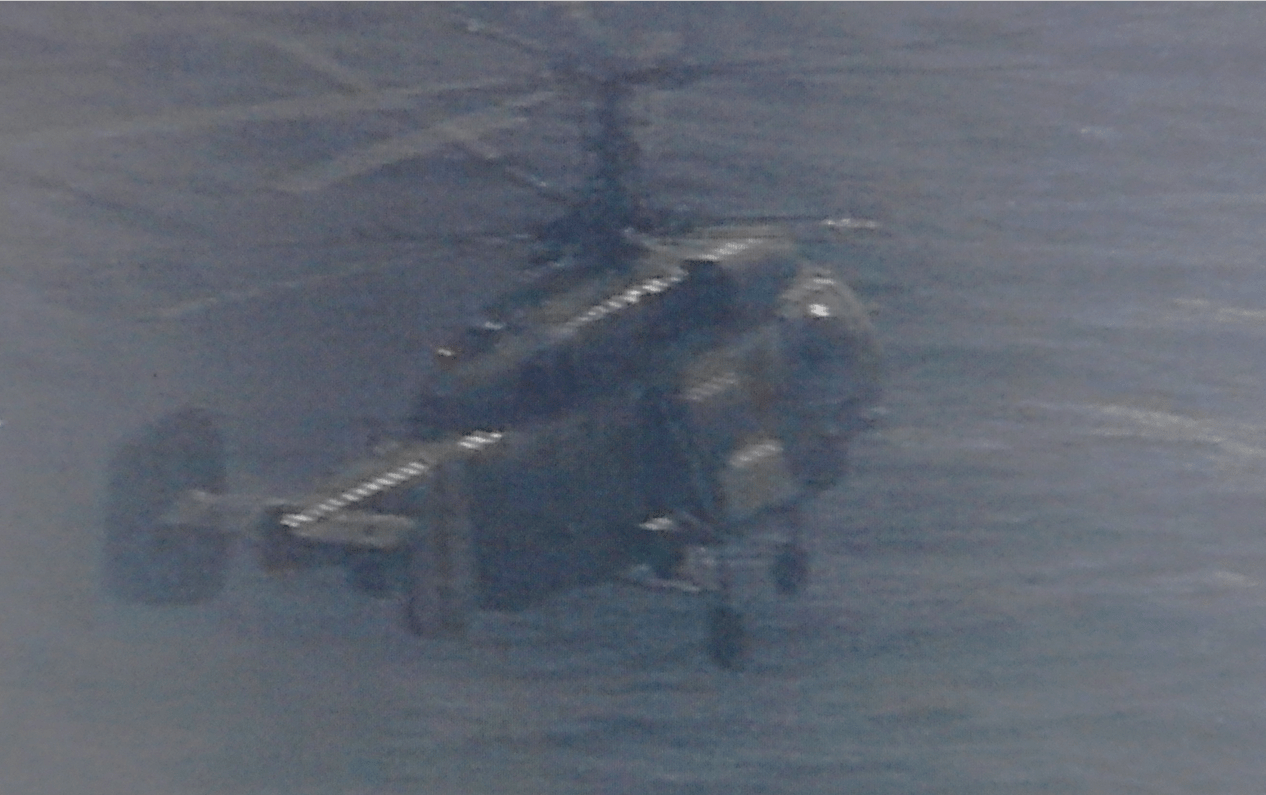
Crossing the median line is itself not an uncommon occurrence. One such incident involving People’s Liberation Army aircraft was on September 19, 2020, according to the Taiwanese Ministry of National Defense. That event involved a combination of J-16, J-10, and J-11 fighters and coincided with the visit to Taiwan by the U.S. Under Secretary of State Keith Krach. More commonly, Chinese aircraft fly around the median line and into the southwestern part of Taiwan’s ADIZ. It is, however, worth noting that the ADIZ declared by Taiwan covers not only the entirety of the Strait but also portions of mainland China, too, as indicated by the black box in the graphic seen below.
It’s possible that, like the September 19, 2020, incident, there may have been a particular trigger for today’s Z-10 mission. For example, the Ticonderoga class guided-missile cruiser USS Port Royal (CG-73) conducted today what the U.S. Navy described as a “routine Taiwan Strait transit … through international waters in accordance with international law.” This is reportedly the first time that a U.S. Navy cruiser has passed through these waters since early 2020.
The vector for the Z-10, as provided by the Taiwan’s Ministry of National Defense, shows the attack helicopter flying out over the Taiwan Strait and crossing the median line briefly before turning back toward the mainland. While there is no confirmation where exactly the helicopter was operating from, the location of the flight path suggests strongly that it might have been flying out of the major military heliport in Zhangpu County, Fujian Province. The War Zone has looked in-depth at this facility in the past.
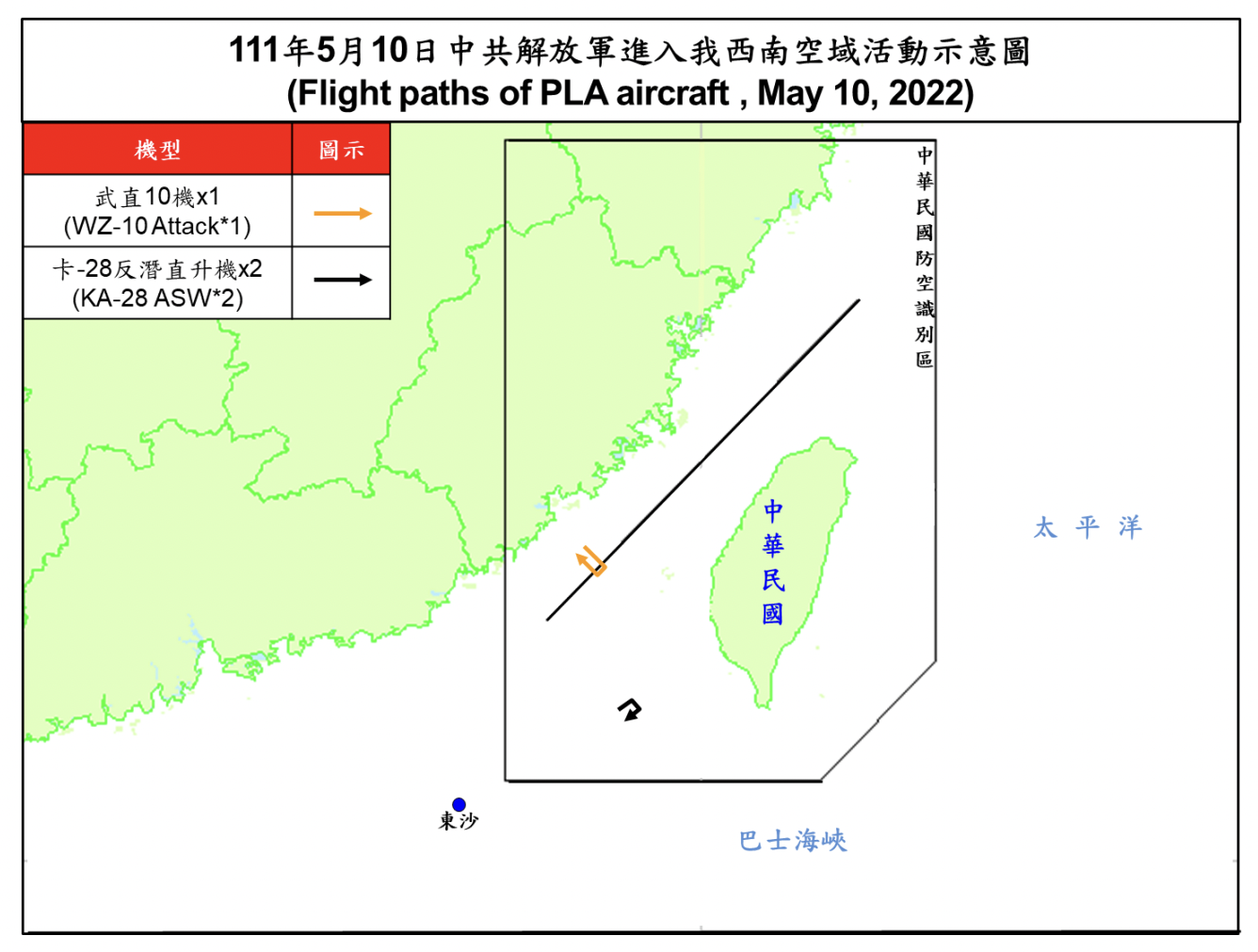
Work on the heliport, which is located less than a mile from the water’s edge, began in 2019 and it has since been subject to considerable expansion. Situated around 150 miles from Taiwan, within reach of potential rotary assault, it also provides a commanding position for potential military operations directed against various Taiwanese-controlled islands in the Strait: Kinmen County, and Penghu County, and, a little further afield, the Dongsha Islands, which occupy a significant position at the northern end of the South China Sea.
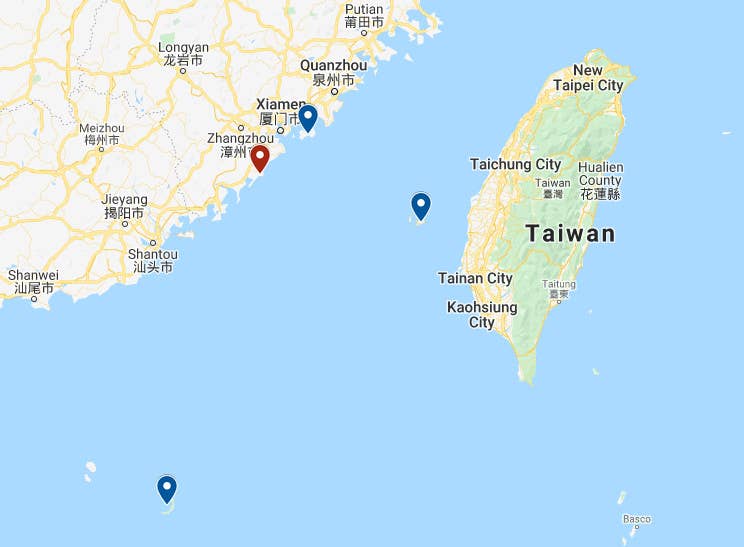
As well as a runway that is around 2,140 feet long, the heliport includes extensive flight line and hangarage facilities plus multiple helipads. Based on our earlier analysis, it’s possible that as many as 20 helicopters may operate from here at any one time, although as of early last year, construction work was very much still underway. That number is likely substantially larger now.
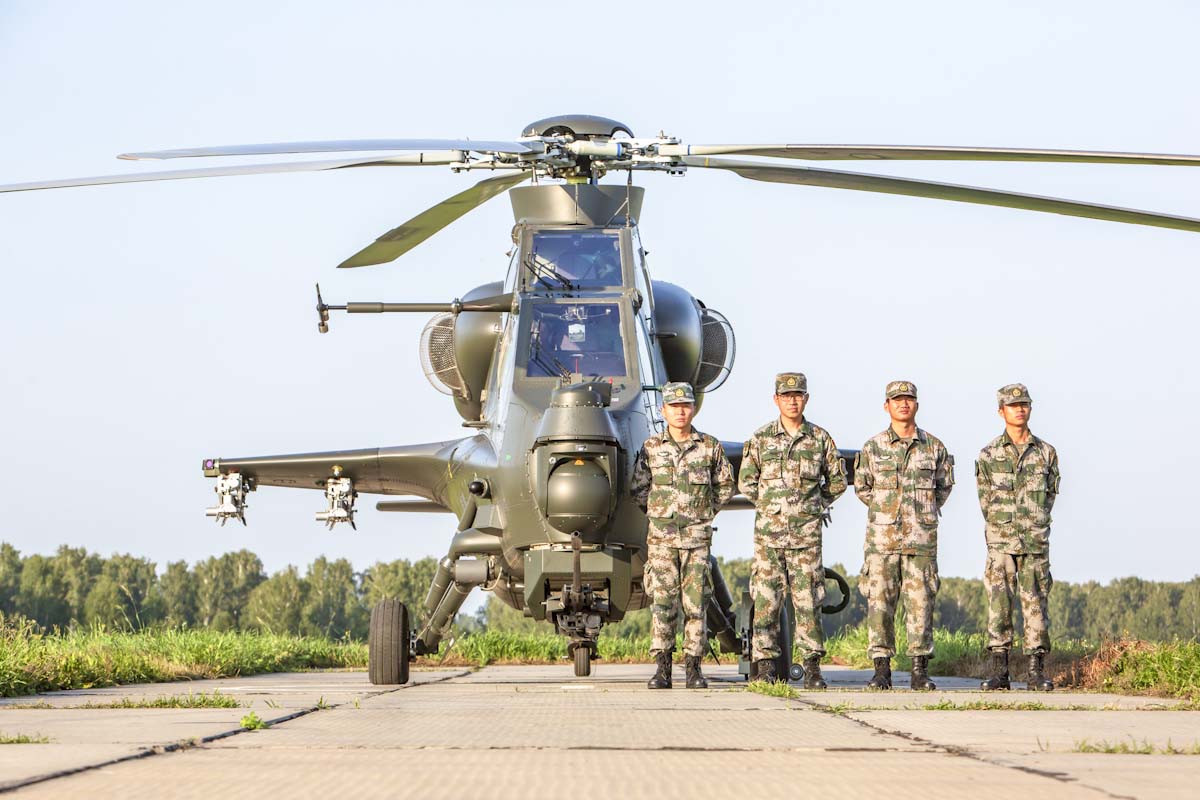
As it stands, the operational status of the heliport in Zhangpu County — the formal name of which is still unknown — is unclear. It may well be that the base is not yet fully operational but that it’s already supporting flying more limited operations for training or evaluation. With that in mind, it’s possible that the Z-10 seen today is not a permanent fixture there, or at least not yet, and was undertaking a training flight or some kind of operational test work. However, in May last year there were reports of 12 examples of the type at the base, suggesting a more permanent presence:
Previous satellite imagery has also shown Mi-8/17 Hip-series transport helicopters at the base. Attack helicopters, like the Z-10, would be able to provide close escort to Hips and other transport helicopters but potentially also to conduct offensive operations in their own right.
The fact that China can make use of extensive rotary-wing facilities of this kind, in this particular area, is already of significant importance. From here, power can be projected directly across the Taiwan Strait, as part of large-scale airmobile operations, whether aimed against Taiwan itself or its outlying islands.
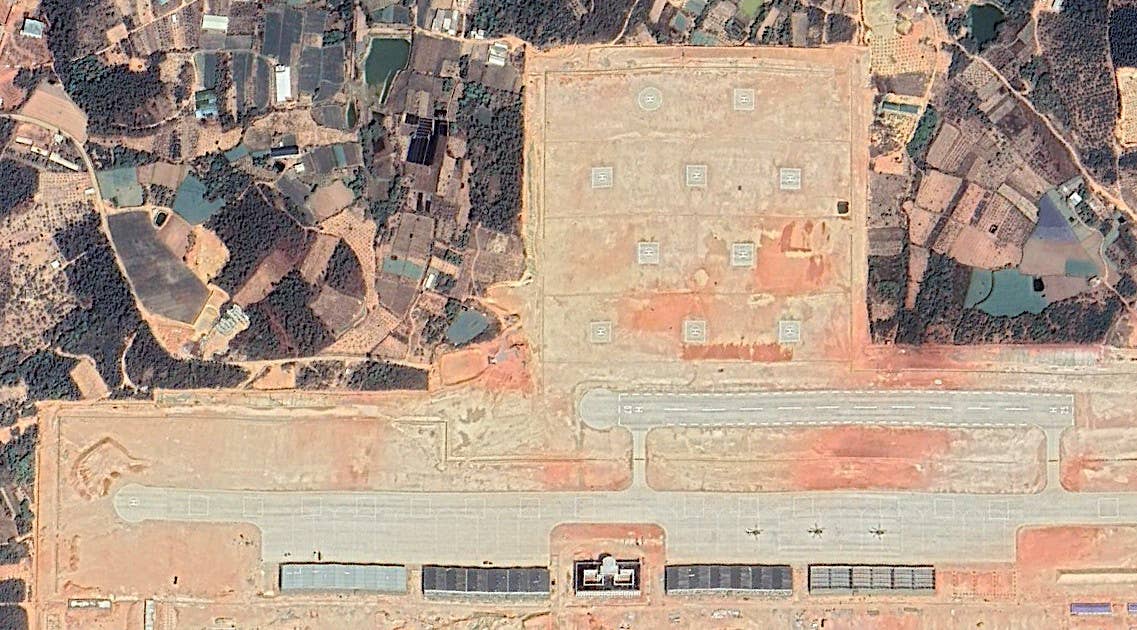
The Z-10 would add a powerful new dynamic to this kind of scenario. As an advanced attack helicopter, it adopts the familiar tandem two-seat crew layout as found on Western rotorcraft of this type. Entering Army Aviation service in 2010, the Z-10 is typically armed with eight KD-9 or KD-10 anti-tank guided missiles, as well as a 23mm chain gun and rocket pods. Other options include PL-90 air-to-air missiles, plus external fuel tanks to extend range. The nose accommodates forward-looking infrared and TV sensors, a laser rangefinder and designator, and the helicopter features a comprehensive self-defense suite.
Z-10A attack helicopters from the People’s Liberation Army Ground Force during a live-fire exercise:

Although operated by the Army, the Z-10s have been used in amphibious exercises since at least 2014, including flying from larger assault ships. Indeed, as part of a wider People’s Liberation Army campaign against Taiwan, it’s likely that Z-10s would be expected to operate from mainland bases, dispersed sites, warships, captured islands, as well as rapidly established forward locations.
Once again, we can’t be sure that the Z-10 that entered the ADIZ today was indeed operating from the Zhangpu County heliport — it, too, may also have been flying from a warship’s flight deck, or from one of the other airfields in the region.
It’s also worth recalling that Taiwan, too, has not insignificant attack helicopter forces that it could bring to bear to help repulse an invasion. The Republic of China Army, or ROCA, is spearheaded by 29 advanced AH-64E Apache Guardians, supplemented by around twice that number of AH-1W SuperCobras. OH-58D Kiowa Warriors, mainly used for scouting, can also be armed. The end result is a notably powerful battlefield helicopter component that the PLA will likely seek to offset by fielding Z-10s and other advanced rotorcraft.

With U.S. officials now talking more openly about the growing threat posed by China’s strategic ambitions in the wider Asia Pacific region, the Taiwan Strait remains a critical flashpoint. Indeed, during his tenure as commander of United States Indo-Pacific Command (USINDOPACOM), Adm. Phil Davidson told Congress last year that he anticipated a Chinese move against Taiwan “in the next six years.”
However, the fact that the attack helicopter is now operating over the Strait is still notable, especially in view of the particular capabilities that the Z-10 could bring to bear in amphibious operations here. Today’s mission also demonstrates the increasing variety of Chinese military aircraft that are now found in and around this strategic area, including multiple fighter jets, bombers, aerial refueling tankers, anti-submarine and intelligence-gathering types.
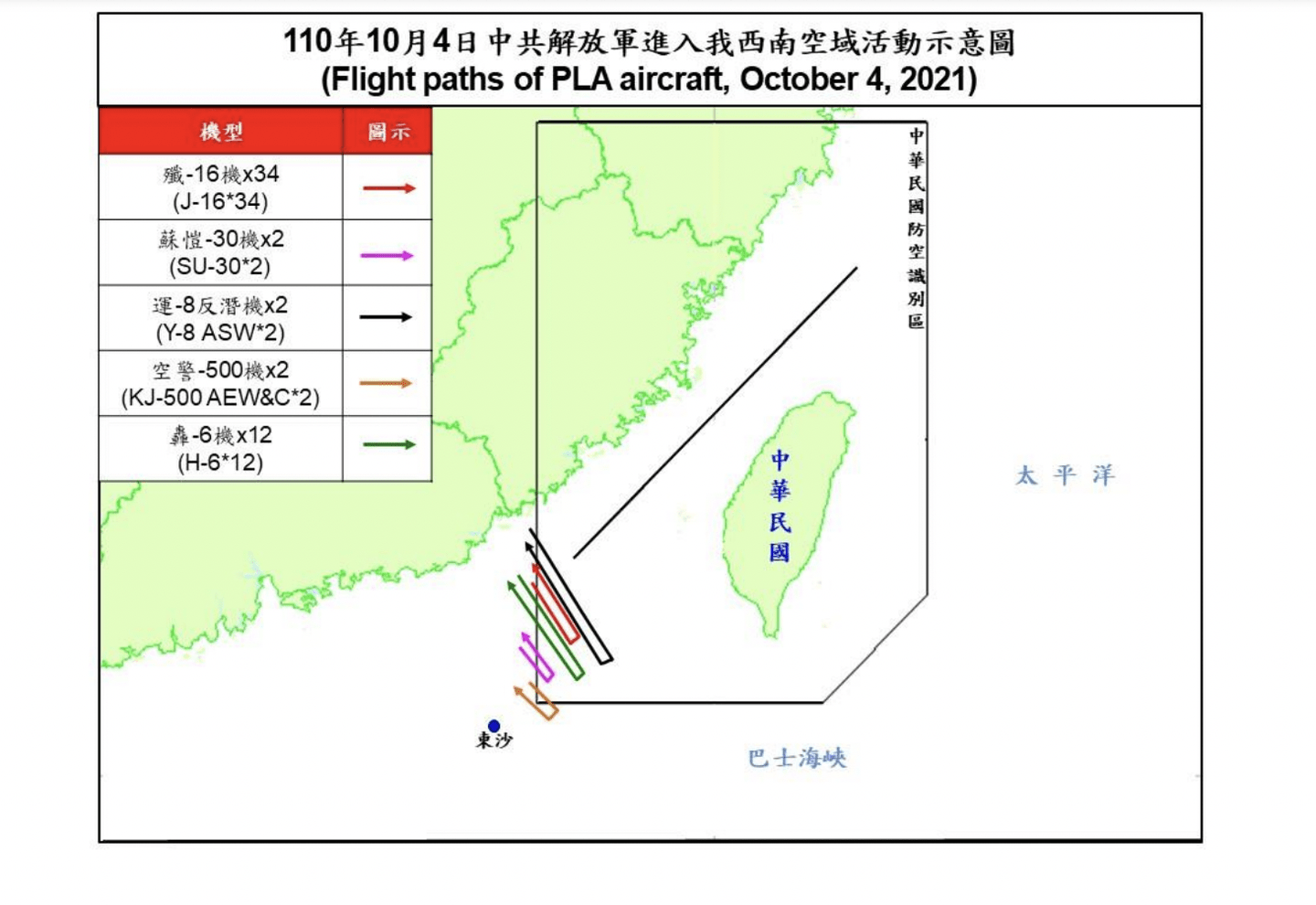
With Taiwan officially viewed by China as a rogue province, ambitions to assert control over it at some point in the future are hardly a secret. To what degree such a move would involve a military invasion in the traditional sense remains more questionable.
But with Taiwanese President Tsai Ing Wen having raised the possibility of pursuing changes in Taiwan’s constitution that could pave the way toward a formal declaration of independence, tensions with Beijing have increased in recent years.
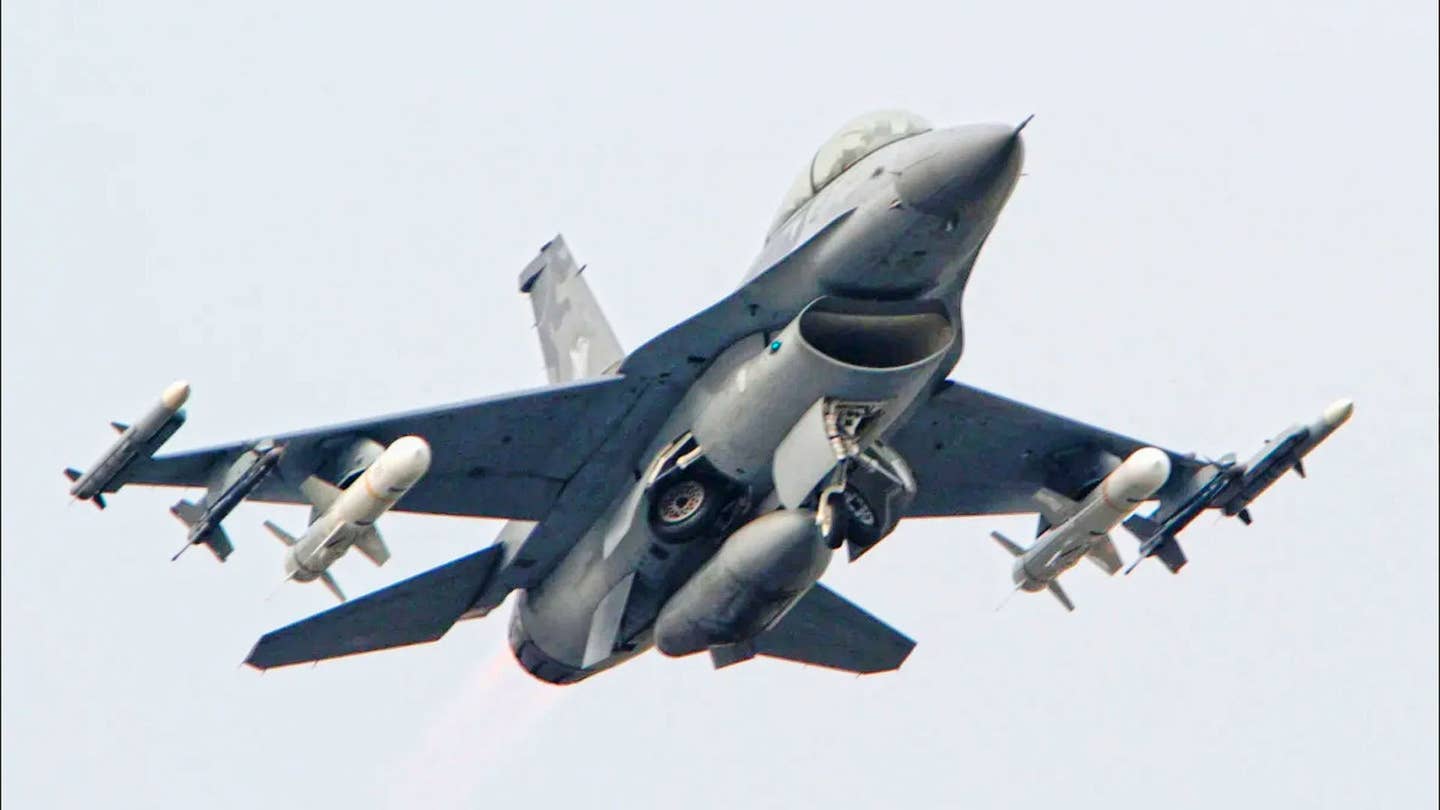
Against this backdrop, China has been ramping up its maritime and air activities in the Strait, while Taiwan has sought to reinforce its defenses, with a particular eye on fending off an amphibious assault. The U.S. military, too, has been increasingly active in and around the Strait.
Taken together, the heliport in Zhangpu County and the appearance of a first Z-10 over the median line in the Taiwan Strait point to Beijing’s continued efforts to expand its capabilities in this key area. By stationing helicopters close to the Strait, and operating over it, including more offensive-oriented helicopter gunships like the Z-10, China is increasing its options should it pursue a military offensive to take Taiwan or some of its outlying islands.
Update, May 11: Reports from Taiwan indicate that the Taiwan Ministry of National Defense has confirmed that the Z-10 in question crossed the Strait’s median line by “about 0.5 nautical mile.”
The incident is, however, not the first time that a PLA Z-10 has been identified in the ADIZ. At least one previous incident occurred on November 19 last year, with the attack helicopter being one of three aircraft that entered the southwest ADIZ. On that occasion, the Z-10 did not cross the median line itself, but did venture further beyond it in the southwest sector. It was accompanied by a Mi-17 transport helicopter.
Contact the author: thomas@thedrive.com
